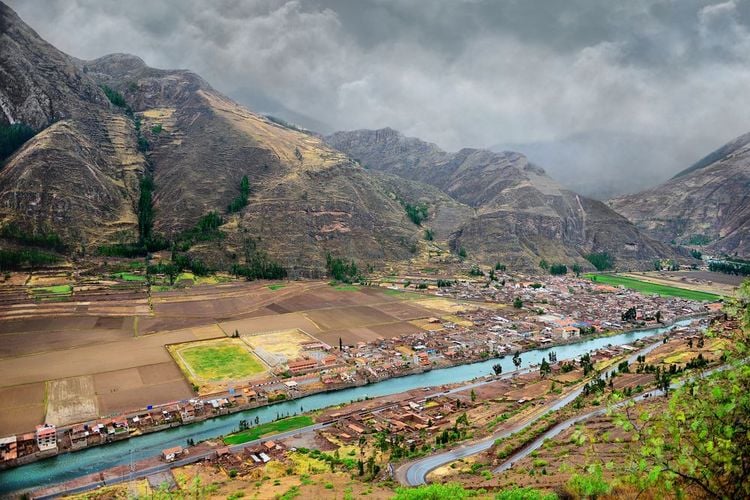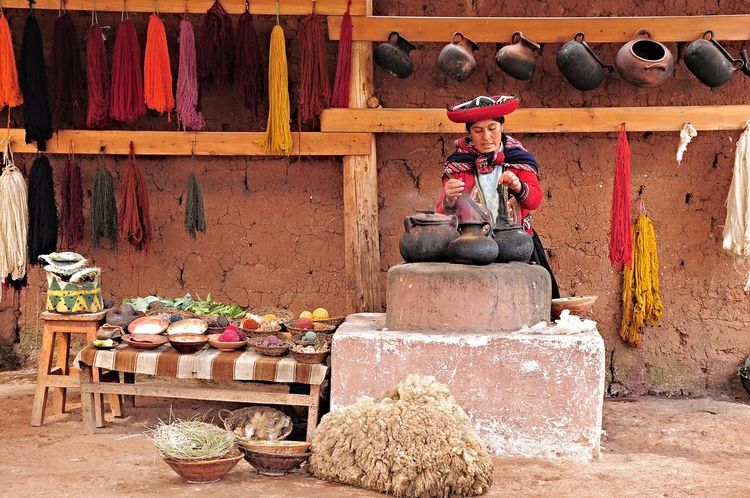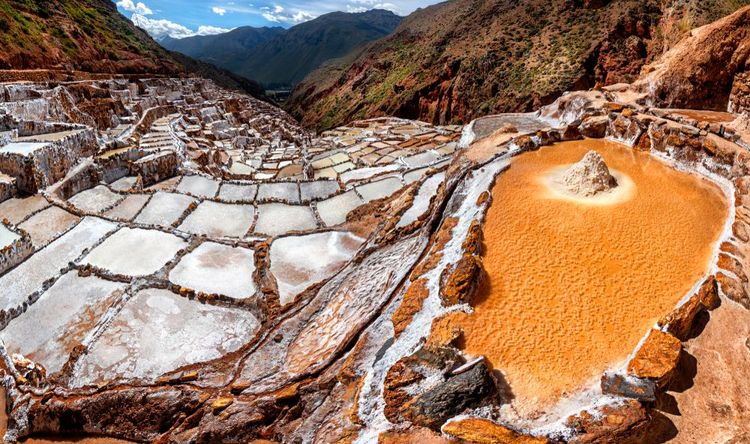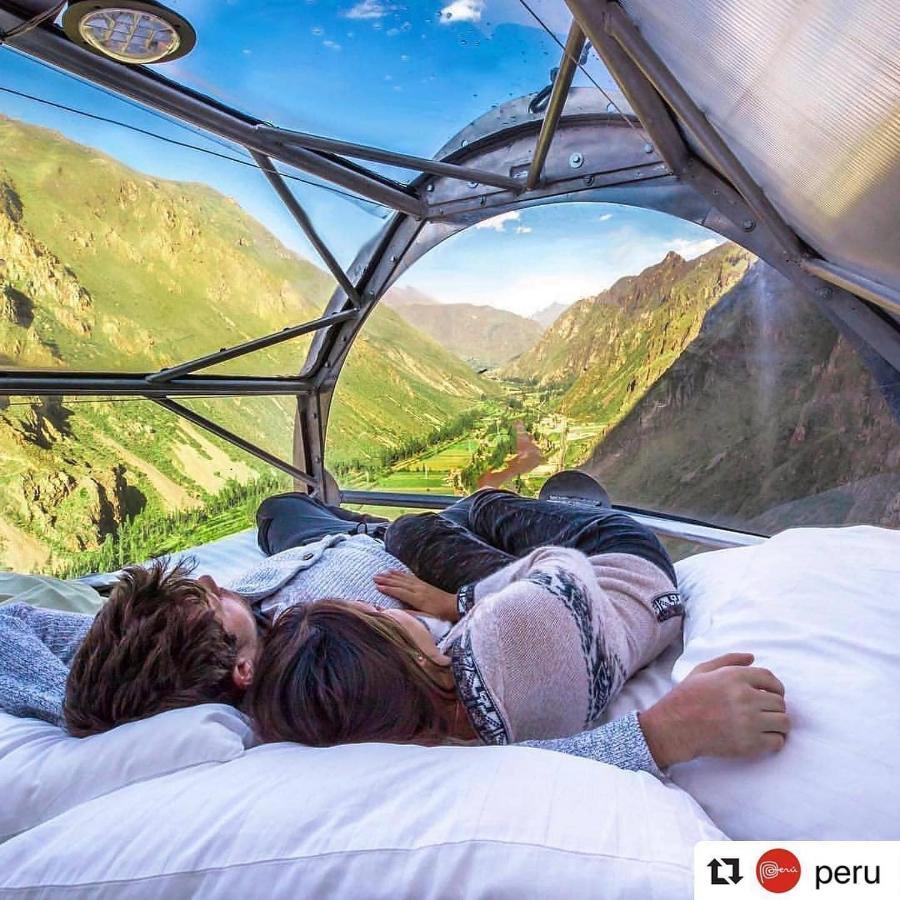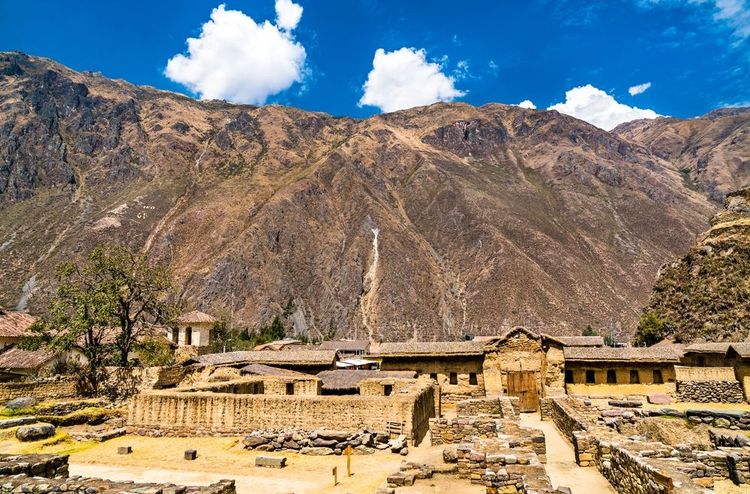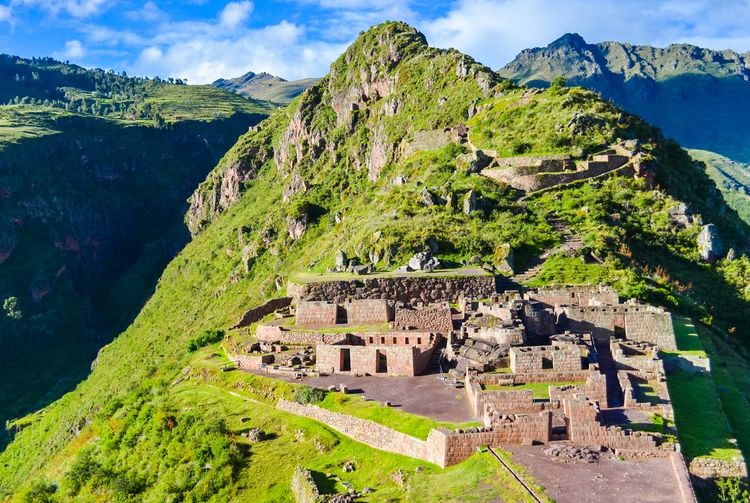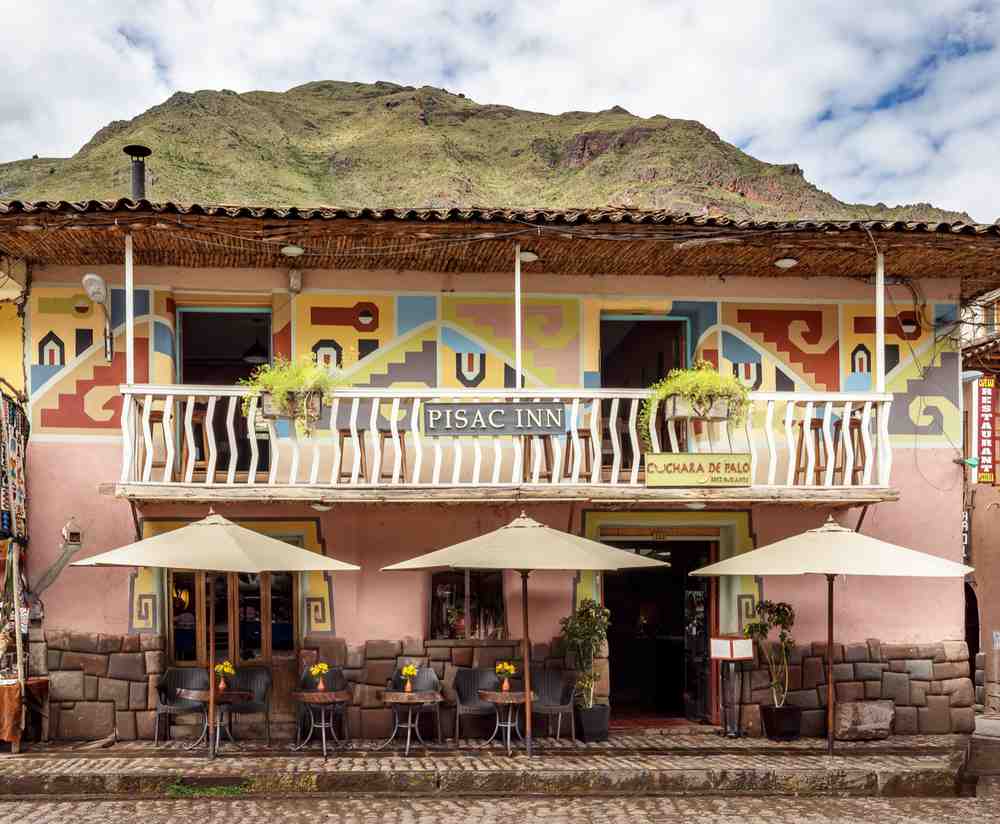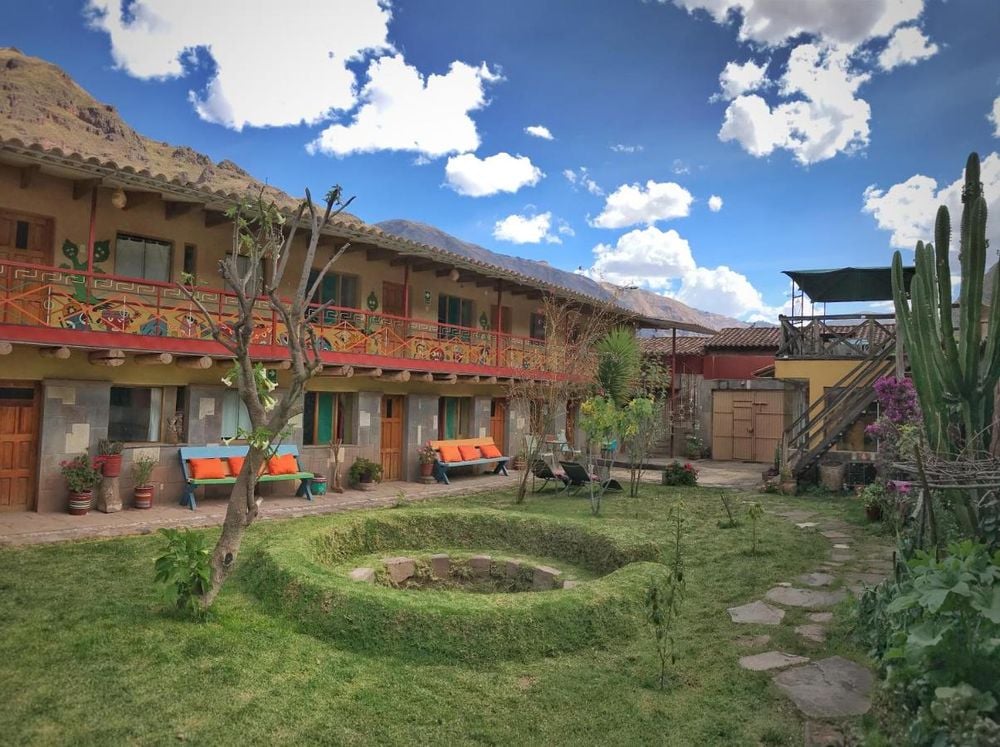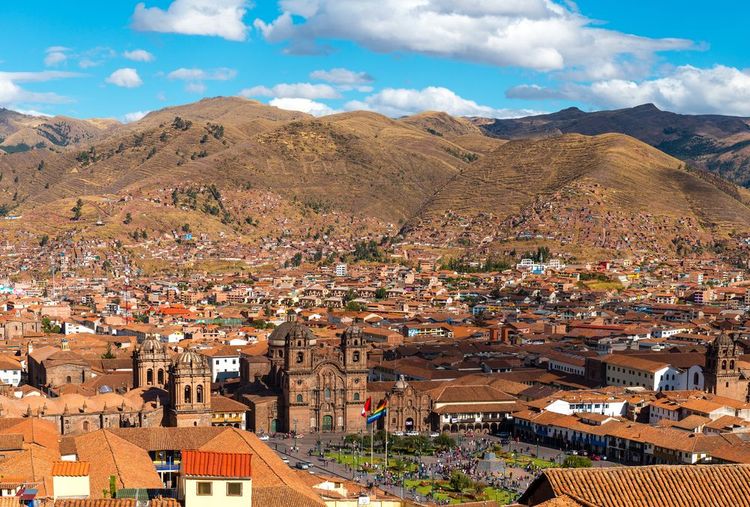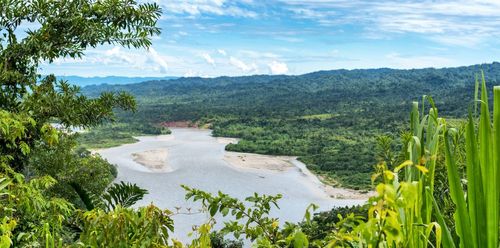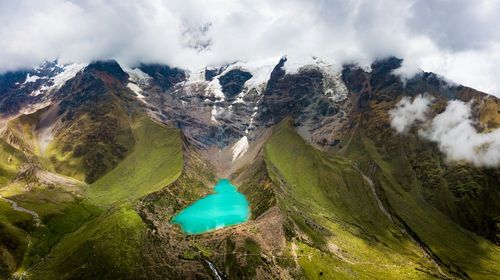Take a colectivo (shared taxi) to Urubamba and/or Ollantaytambo
at the colectivo terminal in Cuzco :
Intersection Calle Pavitos and Av. Grau 510, Cuzco
Private taxis are also available locally, but prices are negotiable in all cases.
Chinchero is around 45 minutes from Cuzco.
Chinchero
The Inca ruins of Chinchero are impressive, and it is thought that the Inca nobility used to come here to take the waters. It will take you no less than an hour to visit the site.
Afterwards, you can stroll through the remarkably well-preserved streets of the village, visit the colonial church and discover the wealth of local crafts. Every Sunday, the lively Chinchero market is a real feast for the eyes.
